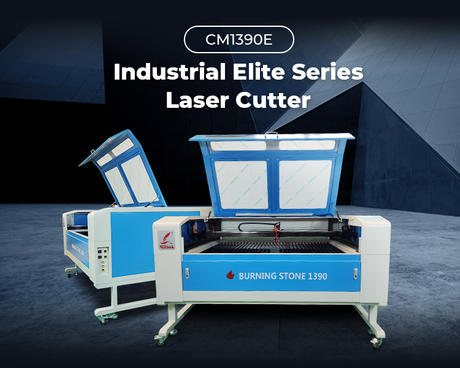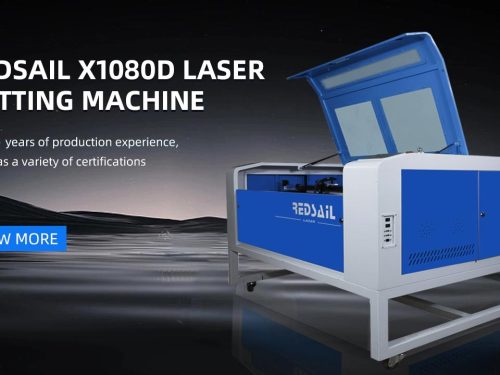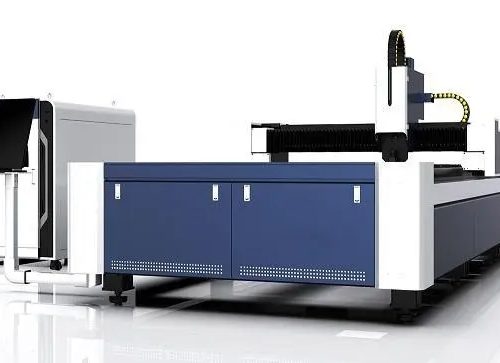
The laser cutting machine needs to be equipped with auxiliary gases during use, mainly oxygen, nitrogen, and air. When processing a workpiece, an optical fiber laser cutting machine will be irradiated by a laser focal spot, and the irradiated area will be instantly melted and vaporized. Then, the laser spot irradiation position will be moved through a numerical control equipment system to achieve automatic cutting.
1. Compressed air.
Air is suitable for cutting aluminum and galvanized steel plates. To some extent, it can reduce oxide film and save costs. Generally, it is used when the cutting plate is not relatively thick and the requirements for cutting the end face are not too high.
2. Nitrogen.
Nitrogen is an inert gas that prevents oxidation of the cutting end face of the product during cutting and prevents combustion (which can easily occur when the plate is thick. For products with high requirements for cutting end faces and exposed to the outside without treatment, nitrogen can be selected.
3. Oxygen.
Oxygen mainly plays a combustion-supporting role, which can increase the speed and thickness of cutting. Oxygen is suitable for thick plate cutting, high-speed cutting, and thin plate cutting, such as some large quantities of carbon steel plates and some thicker carbon steel plate structures, where oxygen can be used.
Increasing the gas pressure can increase the cutting speed, but after reaching a set value, continuing to increase the gas pressure will instead cause a decrease in the cutting speed. Under high auxiliary gas pressure, the reason for the decrease in cutting speed can be attributed not only to the enhanced cooling effect of the high air velocity on the laser action zone, but also to the interference of intermittent shock waves in the air flow on the cooling of the laser action zone.
The existence of uneven pressure and temperature in the air flow can cause changes in the density of the air flow field. Such a density gradient results in a change in the refractive index within the field, which can disrupt the focus of the beam energy, causing refocusing or beam divergence. This interference can affect the melting efficiency and may sometimes change the mode structure, resulting in a reduction in cutting quality if the beam diverges too much. Making the light spot too large can even result in serious consequences that cannot be effectively cut.
Application of auxiliary gas:
1. Compressed air: It is widely used in the processing of some sheet metal chassis, cabinets, and other products industries.
2. Nitrogen: processing some components in the decoration industry, aerospace, etc;
Laser cutting machines use different auxiliary gases to cut different materials. The pressure and required flow rate of the auxiliary gas vary depending on the thickness of the cutting material.










